Are you looking for free things to do in Vitoria-Gasteiz? These are the best places to visit:
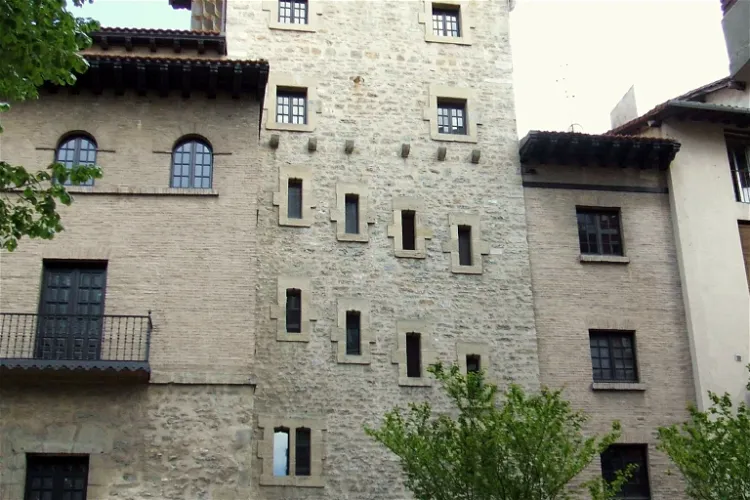
Museum of Natural Sciences of Álava
Vitoria-GasteizThe Museum of Natural Sciences of Álava (MCNA) is housed in the Torre de Doña Ochanda, a medieval defensive building in the city of Vitoria, Basque Country, Spain. This historic building, which once served as a stronghold in the 15th century, adds a unique historical charm to the museum experience.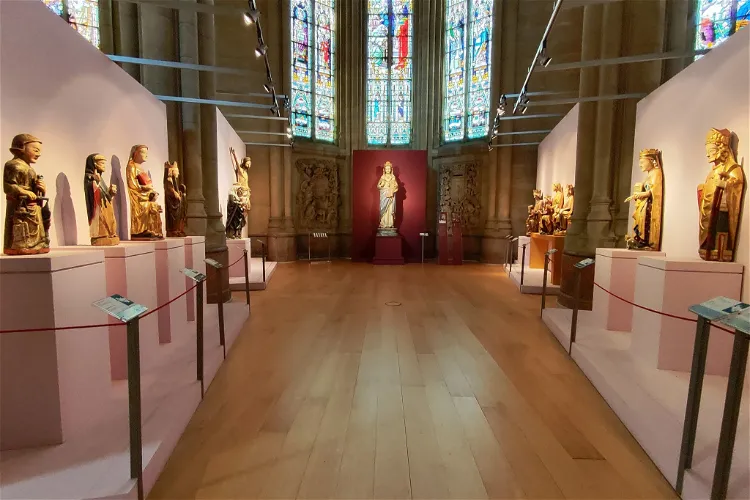
Diocesan Museum of Sacred Art
Vitoria-GasteizThe Diocesan Museum of Sacred Art, also known as Elizbarrutiko Arte Sakratuaren Museoa, is situated in the ambulatory of the Cathedral of Saint Mary Immaculate. This museum is located in the city of Vitoria-Gasteiz, Alava, in the Basque Country of Spain. It is a significant cultural and historical site that showcases a wide range of sacred art.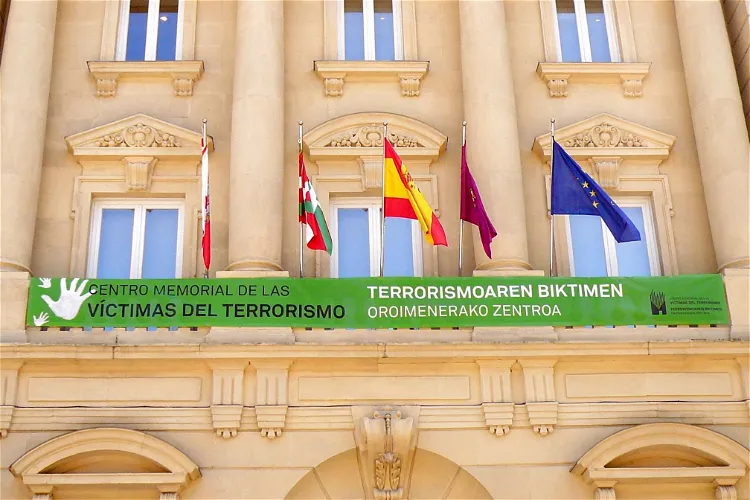
Centro Memorial de las Víctimas del Terrorismo
Vitoria-GasteizThe Centro Memorial de las Víctimas del Terrorismo, located in Vitoria, Spain, is a dedicated space for the victims of terrorism. This memorial center was inaugurated on June 1, 2021, and serves as a place to remember and honor the victims of various acts of terrorism that have occurred in Spain.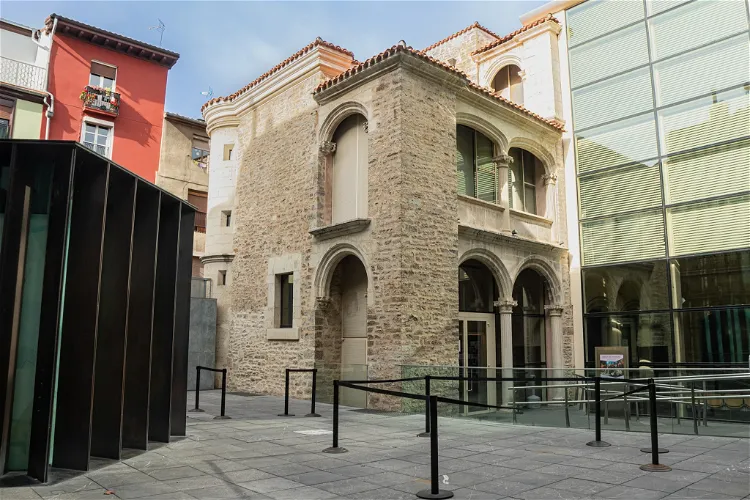
Bibat Museum
Vitoria-GasteizBiBat is a unique museum complex situated in the city of Vitoria. It is a combination of two distinct museums - the Fournier Museum of Playing Cards and the Museum of Archaeology of Alava. This amalgamation of two museums offers a diverse range of exhibits and collections for visitors to explore.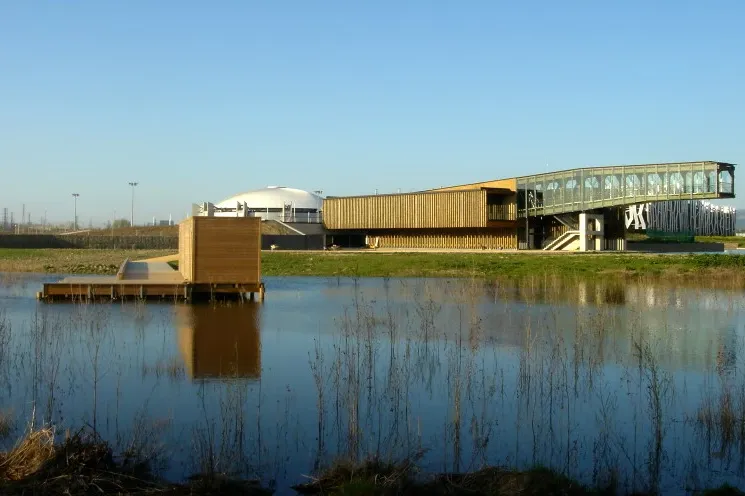
Ataria
Vitoria-GasteizThe Ataria Interpretation Center is a unique destination for those interested in natural history. Located in the Salburua wetland, a Ramsar site, it offers visitors a chance to explore an important wetland habitat in the Basque Autonomous Community. This location is not only a significant green belt on the eastern outskirts of the city of Vitoria, but also a site of great ecological importance.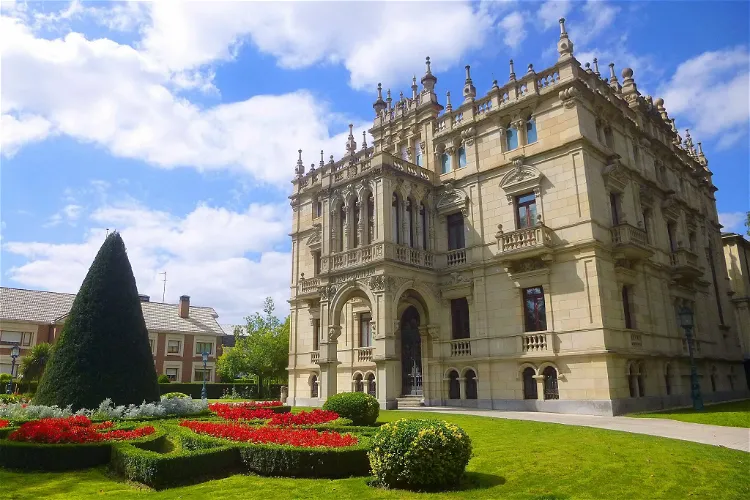
Museum of Fine Arts
Vitoria-GasteizThe Museum of Fine Arts of Álava, situated in Vitoria-Gasteiz, the capital of the Basque Country in Spain, is a hub for Spanish art from the 18th to the 20th century. The museum has a special focus on Basque art from the period of 1850 to 1950, providing a comprehensive view of the region's artistic evolution during this time.